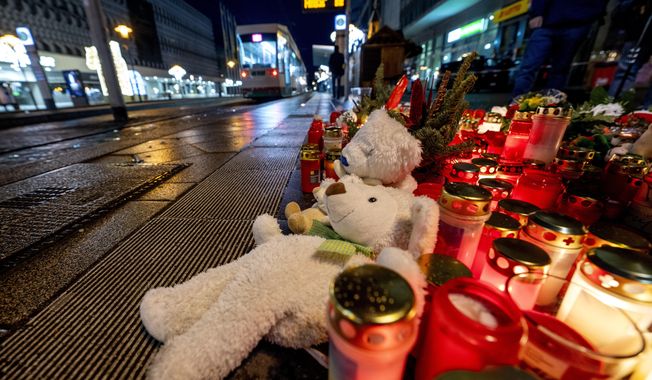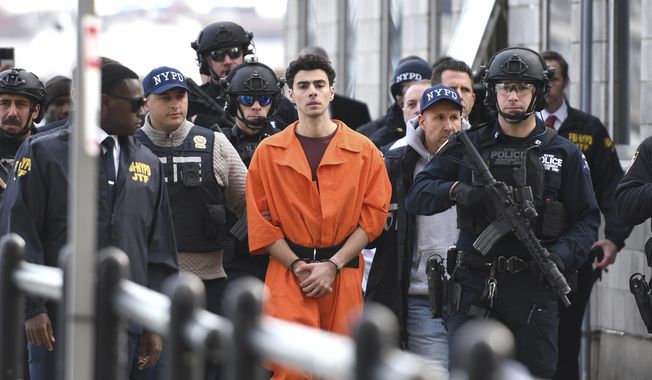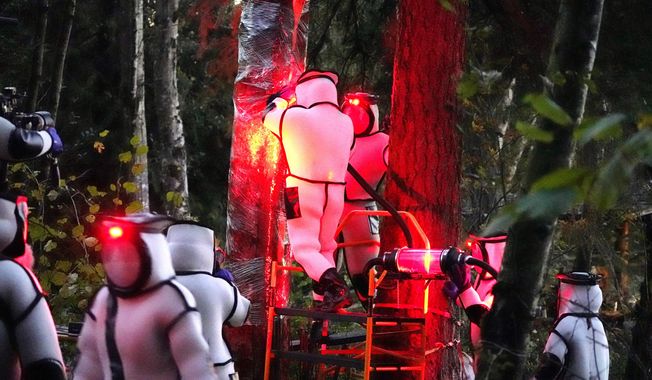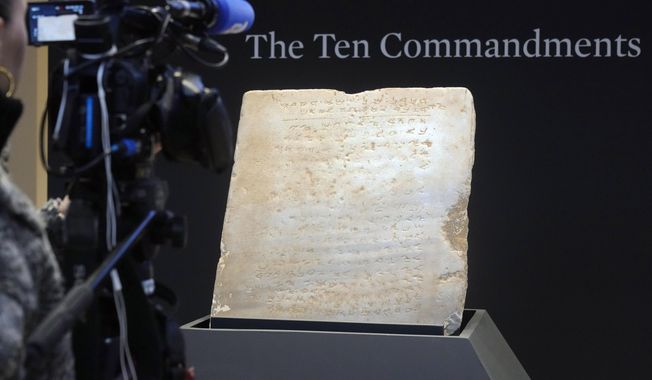
In this Jan. 31, 2010 file photo, an unmanned U.S. Predator drone flies over Kandahar Air Field, southern Afghanistan on a moonlit night. Today, when U.S. intelligence agencies believe they know the location of a terrorist in Pakistan and a few other countries, they are largely free to deploy a weapon that's become the symbol of war on terror: an aerial drone. The drone drops a bomb or fires a missile that executes the suspect. University of Utah law professor Amos Guiora is pushing for another step before the U.S. government or military could decide to kill a terror suspect with a drone. In a proposal to be published in 2015, Guiora and a colleague are pushing for what they call a "drone court." The court would be part of the judiciary branch and hear arguments for why the United States should target a suspect with a drone strike. (AP Photo/Kirsty Wigglesworth, File)
Featured Photo Galleries








Trump Transition: Here are the people Trump has picked for key positions so far
President-elect Donald Trump has announced a flurry of picks for his incoming administration. Get full coverage of the Trump transition from The Washingon Times.






